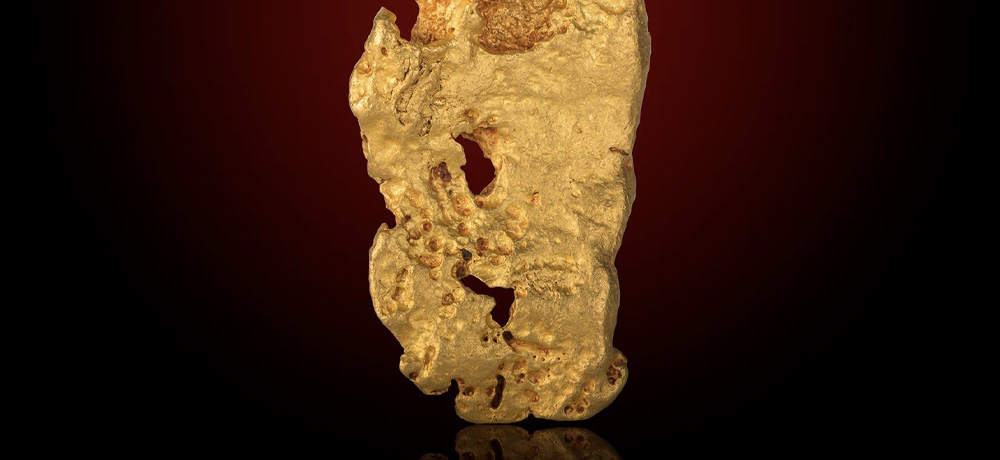
What You Need to Know About Gold in Its Natural Form
Gold is indeed one of the most well-known minerals, and it’s highly regarded for its value. So it may be easy for you to spot gold in a jewellery store, but how about when it is in its raw form? You might be surprised to learn that gold in its natural form is a lot different from what it looks like after it has been refined and turned into gold jewellery.
What You Need to Know About Gold in Its Natural Form
If you’re interested in knowing more about the different ways gold might look like in nature and what other minerals might be mistaken for the precious metal, do read on. Our experts share some information you need to know if you’re prospecting for gold:
Did you know that gold has to be extracted from within hard rock deposits or what’s known as lode sources? This gold encasing material, also called ore, has to be manually removed from the earth. You might think it’s easy to determine gold-bearing ore by just looking at it, but the truth is it’s almost impossible to do so. You see, some ores contain other metals, and while they may appear shiny, they’re not always valuable. That means sheen is not an indicator.
The most common types of materials mistaken as gold are mica, silica, and various kinds of pyrite. These are shiny and have a golden tint that they are thought by many to be gold. However, gold is not exactly shiny. Its brilliance and shade do not change in different lighting conditions while most pyrites do.
Another reason it’s difficult to find gold content in ores is that the concentration of gold in an ore is often too little to be noticed and is usually not discovered until further processing is done.
There may be rare instances where gold is visible in its rock, and when it is, they call it “high grade.” What it basically means is that it doesn’t require any chemical process to be extracted. This is the type of gold deposit that can be discovered by metal detectors/
There are also rare specimens of gold in quartz, and they can get valuable because they are considered collectibles for mineral collectors and enthusiasts. Specimens of gold is that vein of gold where it ran through quartz or other rocks that have been broken off from its source. This is definitely easier to identify than the specks of gold found in other ores.
Even easier to identify (although harder to find) are gold nuggets. This is probably what you have in mind when you imagine someone mining gold, but really, it’s not that easy to find them. Gold nuggets come in various sizes and shapes, with most of them located in rivers. They often look like hardened pieces of chewed gum in, well, gold. They are usually smooth, too.
While it would certainly be exciting to find gold nuggets, or even just one, it’s improbable that you will. If anything, you are more likely to find “flour” gold or specks of the precious metal.
Conclusion
It’s easy to get carried away by the thought of finding gold in one of your treks or camps, but the thing is, if you do find something shiny, it’s probably not gold. And even if it does look like one, there’s a big chance that it’s just one of the other metals that look like gold. It is essential that you know the differences between gold and all other similar minerals.
If you are more interested in acquiring gold nuggets than actually finding one in its natural environment, you should see our selection at The Gold Nugget Shop in Australia. In our shop, you can buy gold in different sizes and shapes, as well as specimen gold, if that’s what you’re looking for. Check out our gold store and see if we have what you’re looking for!
